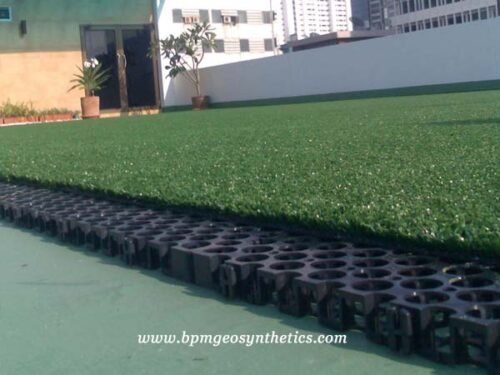
 Drainage cell is the lightweight three dimensional geocomposite with flat back which is pressed against an underground structure used for subsurface water management method. BPM drainage cell is lightweight, easy to use and cost effective when compared to traditional drainage methods, and it is the most advanced and versatile geo-composite product suitable for all your horizontal and vertical drainage applications such as roof garden drainage, landscape, terraces and patios under pavers, subterranean building protection, etc.
Drainage cell is the lightweight three dimensional geocomposite with flat back which is pressed against an underground structure used for subsurface water management method. BPM drainage cell is lightweight, easy to use and cost effective when compared to traditional drainage methods, and it is the most advanced and versatile geo-composite product suitable for all your horizontal and vertical drainage applications such as roof garden drainage, landscape, terraces and patios under pavers, subterranean building protection, etc.
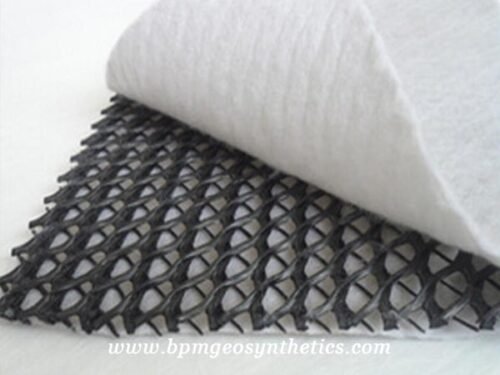 Drainage Net, also called Composite Geonet, is a two or three-layer three-dimensional drainage geosynthetic product which are often made with polypropylene PP or regenerated HDPE (geonet) and covered with double-sided thermally heat-bonded nonwoven geotextile on both sides or one side. BPM brand drainage net has excellent performance than traditional draining gravel. So it becomes a good alternative for gravel in drainage application. Our drainage net is widely used for landfill, railway system drainage, road drainage, tunnel and retaining wall.
Drainage Net, also called Composite Geonet, is a two or three-layer three-dimensional drainage geosynthetic product which are often made with polypropylene PP or regenerated HDPE (geonet) and covered with double-sided thermally heat-bonded nonwoven geotextile on both sides or one side. BPM brand drainage net has excellent performance than traditional draining gravel. So it becomes a good alternative for gravel in drainage application. Our drainage net is widely used for landfill, railway system drainage, road drainage, tunnel and retaining wall.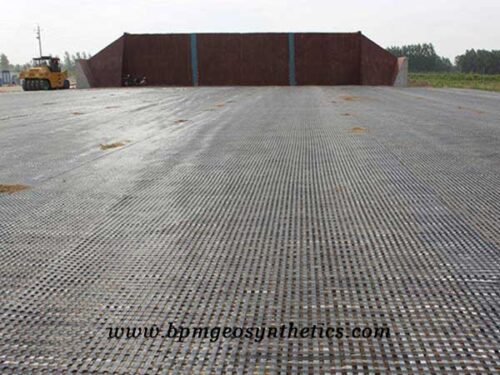
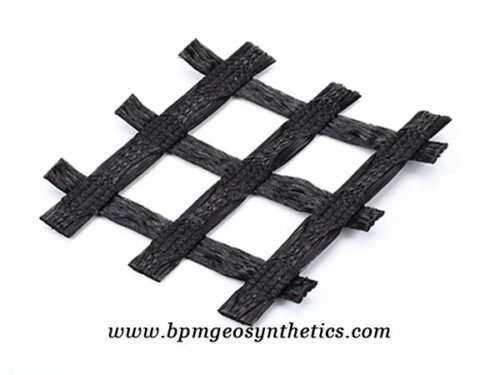 Fiberglass geogrid is made of excellent reinforcement type non-alkali glass fiber yarn which is weaved into base material by using foreign advanced warp knitting directional structure. Fiberglass geogrid can make full use of yarn textile strength to improve its chemical performance, high tension resistance, tearing resistance and creep resistance. BPM fiberglass geogrid system is widely used to reinforce road surface, prevent highway harm such as crack and rut from occurring, solve the problem that asphalt road surface is difficult to reinforce. Our fiberglass geogrid is ideal for newer road construction or pavement rehabilitation.
Fiberglass geogrid is made of excellent reinforcement type non-alkali glass fiber yarn which is weaved into base material by using foreign advanced warp knitting directional structure. Fiberglass geogrid can make full use of yarn textile strength to improve its chemical performance, high tension resistance, tearing resistance and creep resistance. BPM fiberglass geogrid system is widely used to reinforce road surface, prevent highway harm such as crack and rut from occurring, solve the problem that asphalt road surface is difficult to reinforce. Our fiberglass geogrid is ideal for newer road construction or pavement rehabilitation.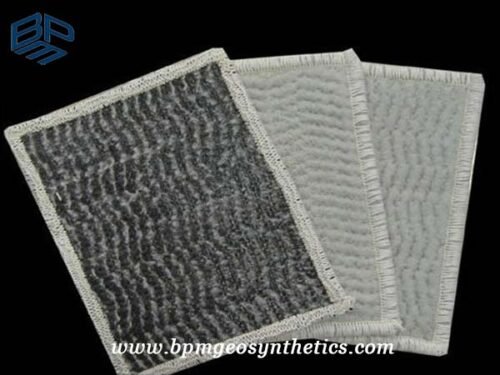

Geosynthetic Clay Liner (GLCs) is the high performance needle punched environmental reinforced composites which combines two durable geotextile outer layers with a uniform core of natural sodium bentonite clay to form a hydraulic barrier. Geosynthetic clay liner is often mechanically held together by needling, stitching or chemical adhesives.
Geosynthetic clay liners are widely used as a replacement for compacted clay liners. Upon hydration, the bentonite in the GCL can swell automatically to form a low permeability clay layer with the equivalent hydraulic protection of several feet of compacted clay when hydrated under confining load. The geosynthetic clay liner can provide approximately the same hydraulic protection as compacted clay can. The excellent tensile and peel strength properties make the geosynthetic clay liner ideal for composite liner systems, landfill composite base liners and backfilled seepage control liners, etc.
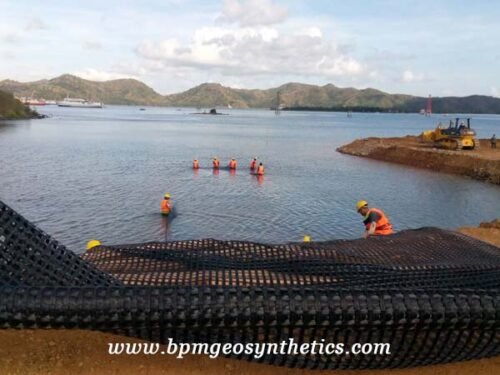
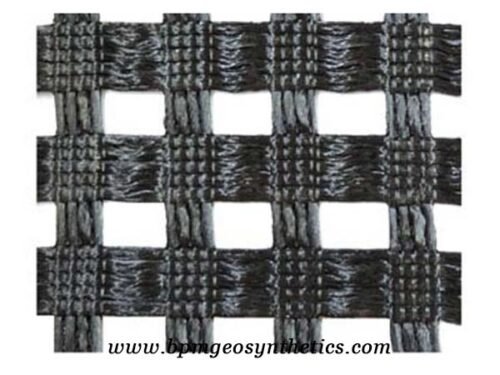
- Adaptive to the most terrain shape, especially sloped or crooked surfaces
- High resistance to dynamic shock loading and seismic activity
- Excellent ability to withstand the differential settlement
- Low weight - easy to lay out
- High connection capacity strength between facing and grid
- Long life span
- Cost saving


